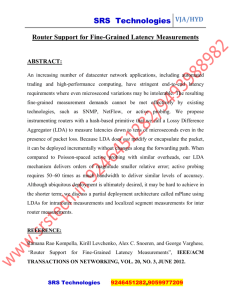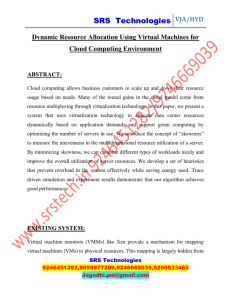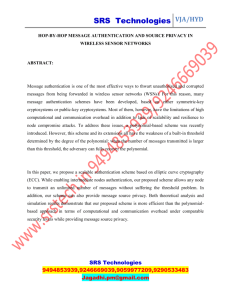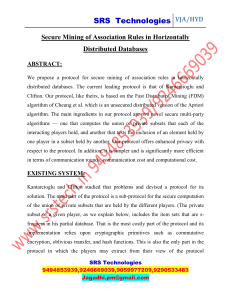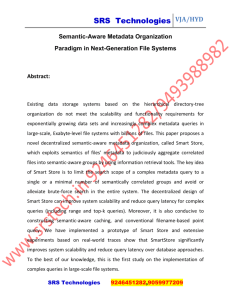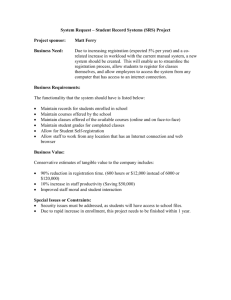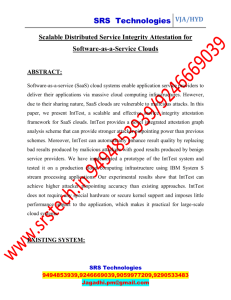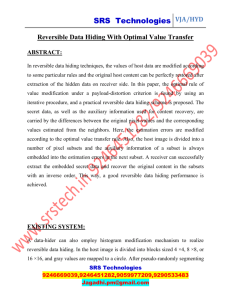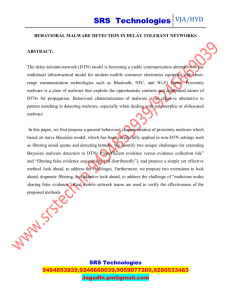user adversary
advertisement
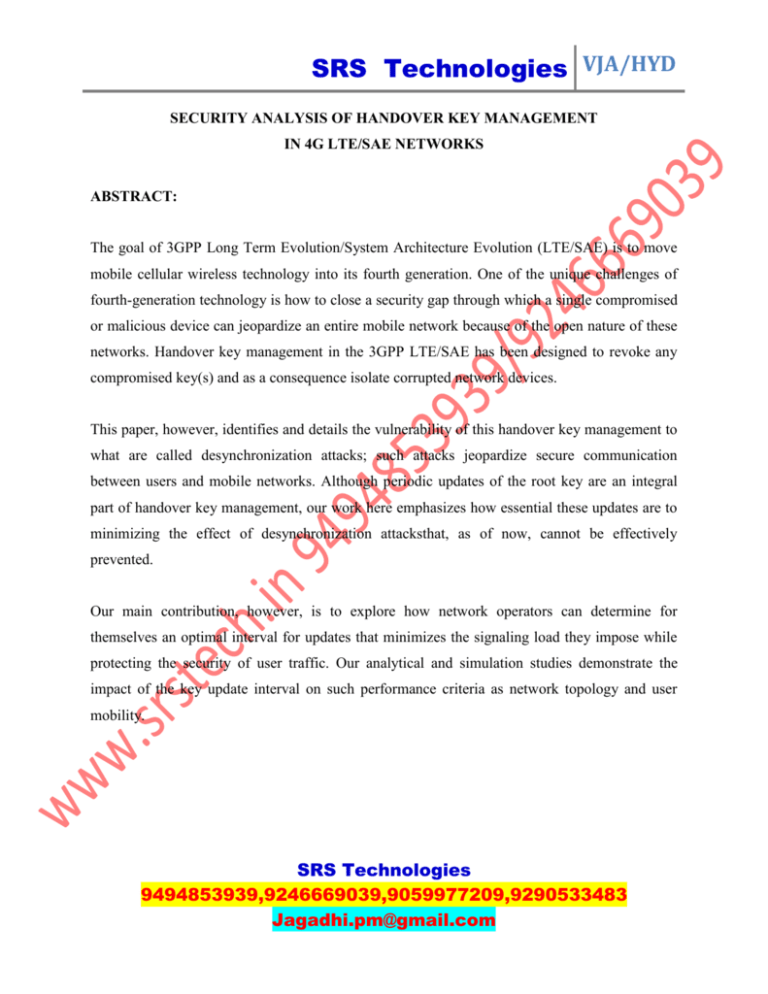
SRS Technologies VJA/HYD SECURITY ANALYSIS OF HANDOVER KEY MANAGEMENT IN 4G LTE/SAE NETWORKS ABSTRACT: The goal of 3GPP Long Term Evolution/System Architecture Evolution (LTE/SAE) is to move mobile cellular wireless technology into its fourth generation. One of the unique challenges of fourth-generation technology is how to close a security gap through which a single compromised or malicious device can jeopardize an entire mobile network because of the open nature of these networks. Handover key management in the 3GPP LTE/SAE has been designed to revoke any compromised key(s) and as a consequence isolate corrupted network devices. This paper, however, identifies and details the vulnerability of this handover key management to what are called desynchronization attacks; such attacks jeopardize secure communication between users and mobile networks. Although periodic updates of the root key are an integral part of handover key management, our work here emphasizes how essential these updates are to minimizing the effect of desynchronization attacksthat, as of now, cannot be effectively prevented. Our main contribution, however, is to explore how network operators can determine for themselves an optimal interval for updates that minimizes the signaling load they impose while protecting the security of user traffic. Our analytical and simulation studies demonstrate the impact of the key update interval on such performance criteria as network topology and user mobility. SRS Technologies 9494853939,9246669039,9059977209,9290533483 Jagadhi.pm@gmail.com SRS Technologies VJA/HYD EXISTING SYSTEM: Existing analyzes the authentication and key agreement protocol adopted by Universal Mobile Telecommunication System (UMTS), an emerging standard for third-generation (3G) wireless communications. The protocol, known as 3GPP AKA, is based on the security framework in GSM and provides significant enhancement to address and correct real and perceived weaknesses in GSM and other wireless communication systems. 3GPP AKA protocol is vulnerable to a variant of the so-called false base station attack. The vulnerability allows an adversary to redirect user traffic from one network to another. It also allows an adversary to use authentication vectors corrupted from one network to impersonate all other networks. Moreover, we demonstrate that the use of synchronization between a mobile station and its home network incurs considerable difficulty for the normal operation of 3GPP AKA. Security problems in the 3GPP AKA, we then present a new authentication and key agreement protocol which defeats redirection attack and drastically lowers the impact of network corruption. The protocol, called AP-AKA, also eliminates the need of synchronization between a mobile station and its home network. AP-AKA specifies a sequence of multiple flows. SRS Technologies 9494853939,9246669039,9059977209,9290533483 Jagadhi.pm@gmail.com SRS Technologies VJA/HYD PROPOSED SYSTEM: Our proposed method an unchanged session key would permit target eNodeB to know which session key the source eNodeB used. To prevent this, the source eNodeB computes a new session key by applying a one-way function to a current session key. This ensures backward key separation in the handover. However, backward key separation blocks an eNodeB only from deriving past session keys from the current session key. Otherwise, this eNodeB would know all session keys used in further sessions in a whole chain of handovers. As a consequence, forward key separation was introduced to ensure that network elements add fresh materials to the process of creating a new session key for the next serving eNodeB. The current eNodeB, unaware of this additive, would be unable to derive the next key. The main contributions of this paper are threefold: 1) We identified flaws in the handover key management of the EPS security mechanism; 2) We designed a promising mathematical model for the EPS handover key management to measure the effect of a compromised key; 3) We investigated the performance criteria (e.g., user mobility, network topology, and so on) involved in selecting an optimal operational point for key updating. SRS Technologies 9494853939,9246669039,9059977209,9290533483 Jagadhi.pm@gmail.com SRS Technologies VJA/HYD ARCHITECTURE DIAGRAM HARDWARE & SOFTWARE REQUIREMENTS: HARDWARE REQUIREMENT: Processor - Pentium –IV Speed - 1.1 GHz RAM - 256 MB (min) Hard Disk - 20 GB SRS Technologies 9494853939,9246669039,9059977209,9290533483 Jagadhi.pm@gmail.com SRS Technologies VJA/HYD Floppy Drive - 1.44 MB Key Board - Standard Windows Keyboard Mouse - Two or Three Button Mouse Monitor - SVGA SOFTWARE REQUIREMENTS: Operating System : Windows XP Front End : Java JDK 1.7 Document : MS-Office 2007 Tools : Eclipse SRS Technologies 9494853939,9246669039,9059977209,9290533483 Jagadhi.pm@gmail.com
